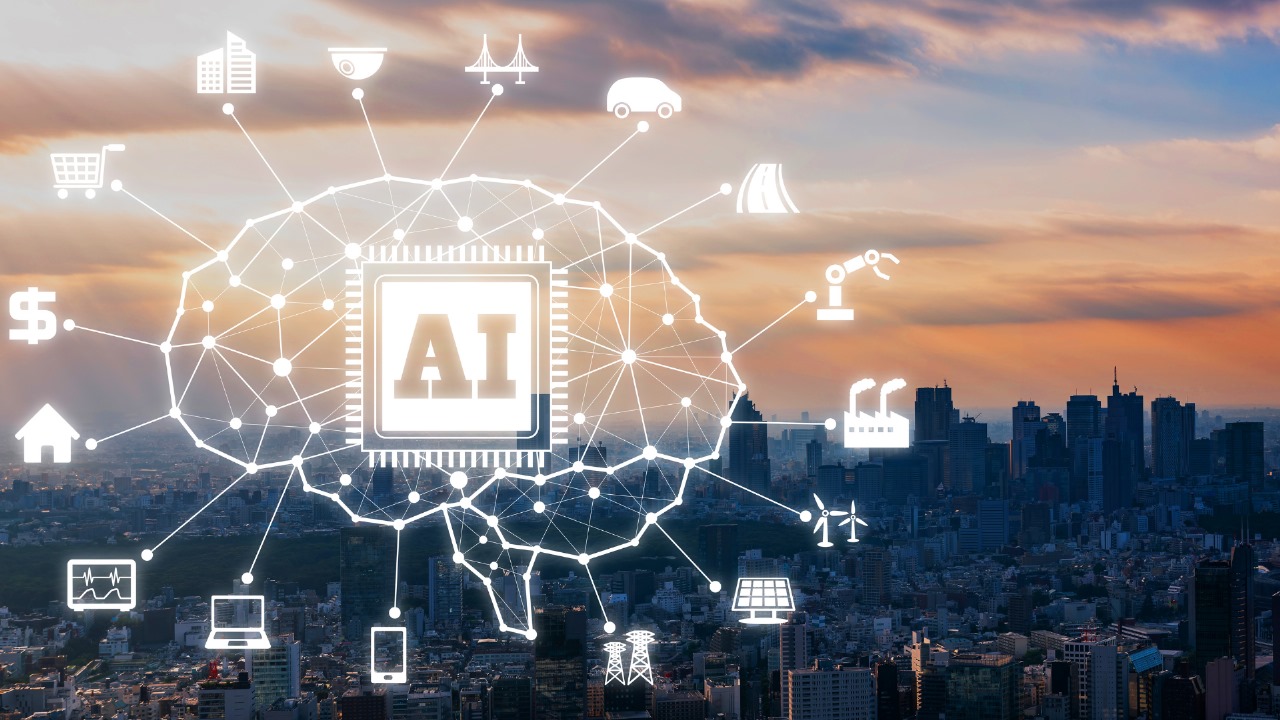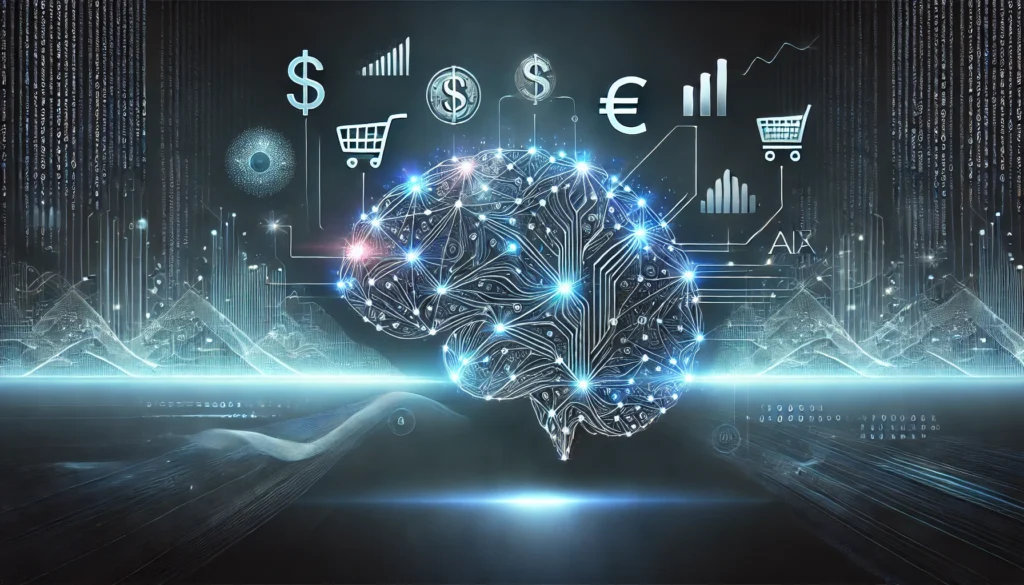Generative artificial intelligence (AI) stands at the vanguard of the fourth industrial revolution, forging pathways previously unimaginable. This comprehensive guide delves into the intricacies of generative AI and its monumental impact across various industry sectors.
Understanding Generative AI
What is Generative AI?
At its core, generative AI is an advanced subset of AI technologies that focus on creating new content. This ranges from synthesizing realistic images to conjuring up intricate models of proteins. Unlike traditional AI, which analyzes and responds to input, generative AI is proactive, creating outputs that can serve as stand-alone solutions or inspirations for human counterparts.
The Technology Behind Generative AI
The backbone of generative AI is built on sophisticated models such as Generative Adversarial Networks (GANs), where two neural networks contest with each other to produce increasingly refined outputs. Variational Autoencoders (VAEs) learn to encode data into a compressed representation and then decode it to generate new items. Transformers, like those used in natural language processing, can predict sequences of data and generate human-like text.
Applications of Generative AI in Various Industries
Manufacturing:
In manufacturing, generative AI is a game-changer. Custom design generation allows businesses to create unique parts that fit precise specifications without human intervention. Furthermore, generative AI can simulate entire manufacturing processes, identifying bottlenecks and optimizing workflows before a single physical action is taken, saving time and resources.
Healthcare:
The healthcare industry reaps the benefits of generative AI in myriad ways. In drug discovery, AI algorithms predict the effectiveness of compounds, accelerating the development of new drugs at a fraction of the traditional cost and time. Personalized medicine becomes more tangible as generative AI crafts bespoke treatment regimens based on individual genetic profiles, enhancing the efficacy of medical interventions.
Automotive:
Generative AI accelerates the automotive sector’s shift towards autonomy and efficiency. By generating a plethora of virtual driving scenarios, AI aids in the comprehensive training of autonomous vehicle systems, enhancing their real-world performance. In design, AI-generated prototypes push the boundaries of innovation, optimizing for aesthetics, functionality, and aerodynamics simultaneously.
Best Practices for Implementing Generative AI
Data Management:
For generative AI to work effectively, it requires vast amounts of high-quality data. Organizations must invest in robust data acquisition and management strategies, ensuring that AI has a rich and diverse dataset from which to learn.
Ethics and Compliance:
As generative AI takes a more prominent role, ethical considerations come to the forefront. Companies must ensure that their AI systems are transparent, accountable, and free of biases. Compliance with international standards and regulations is not just mandatory but essential for maintaining public trust.
Integration:
The integration of generative AI into existing workflows should be strategic, augmenting human labor rather than replacing it. It should serve as a tool that enhances creativity and productivity, allowing human workers to delegate repetitive and computational tasks to AI while focusing on higher-level functions.
Challenges and Considerations
Bias and Fairness
A significant challenge for generative AI is the potential to perpetuate biases. Systems trained on biased data can produce skewed results, which could have serious implications, particularly in sensitive fields such as law enforcement or hiring.
Quality Control
Ensuring the quality of AI-generated content is critical. Whether it’s a design, a written article, or a synthesized voice, the outputs must meet stringent quality standards. This requires ongoing oversight and a framework for constant evaluation.
Intellectual Property
The legal implications of AI-generated content pose a complex challenge. Determining the ownership rights of AI-created works, be it art, music, or code, involves navigating uncharted legal waters, prompting a potential reevaluation of intellectual property laws.
The Future of Generative AI
Advancements and Innovations
The horizon for generative AI is expanding rapidly with continuous advancements. Research is pushing the limits of what’s possible, leading to more sophisticated and nuanced applications, from revolutionizing entertainment to mitigating climate change.
Impact on Workforce and Society
The implications of generative AI on the workforce are profound. It promises a transformation in job roles, necessitating a shift towards a more skilled labor force. Societally, the technology could democratize design and innovation, making sophisticated problem-solving tools widely accessible.
Conclusion
Generative AI is a transformative force, offering industries limitless potential to innovate, enhance productivity, and venture into new realms of creativity. With responsible implementation, the synergy between AI and human ingenuity could pave the way for an era of unprecedented growth and progress.







